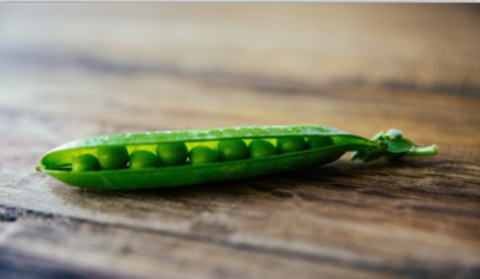It is designed for use in the field to help with accurate identification of pests, diseases, nutrient deficiencies and disorders within a crop.
This information was last updated in 2018.

This Peas and Beans Crop Walkers' Guide is aimed at assisting growers, agronomists and their staff in the vital task of monitoring crops.
It is designed for use in the field to help with accurate identification of pests, diseases, nutrient deficiencies and disorders within a crop.
This information was last updated in 2018.
Pulses are leguminous crops harvested for dry protein-rich seed, with peas (pisum sativum) and beans (vicia faba) being the major crops in the UK.
We deliver transformational projects to drive productivity and boost farming and supply chain businesses. We want the industry to thrive in a rapidly changing world and continue to produce high quality food, maintain our beautiful landscape and leave a legacy for generations to come.
The major commodity crops in the UK are wheat, barley, oilseed rape, field beans, sugar beet and potatoes, but around half of agricultural land grows grass.
Field beans (vicia faba) are a widely grown break crop across the UK on around 170,000 ha.
Peas (pisum sativum) are grown either for combining dry seed (combining peas) or harvesting fresh as a vegetable or for freezing (vining peas).
You need to measure to be able to manage. Yet most farms for most crops don't have a systematic approach to monitoring their crops through the season. This means we lose the opportunity to compare across fields, farms and years. There are now a suite of technologies to sense crops and the ability to share data across farms, providing the opportunity to learn what works on-farm.